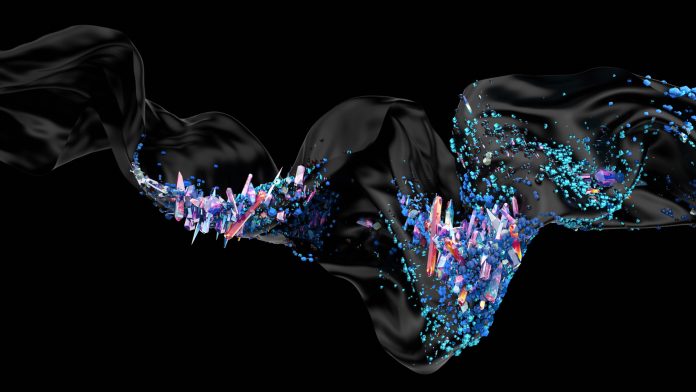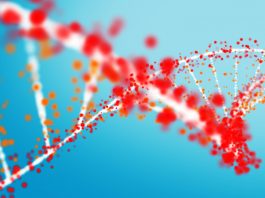Researchers investigating pristine quantum criticality in topological materials have discovered one of the greatest examples detected so far.
Scientists from Rice University, Johns Hopkins University, the Vienna University of Technology (TU Wien) and the National Institute of Standards and Technology (NIST) present the first experimental evidence that indicates pristine quantum criticality – a disordered state whereby electrons vacillate between opposing states of order. This may give rise to topological phases, ‘protected’ quantum states that are of growing interest for quantum computation.
“The thought that underlies this work is, ‘Why not quantum criticality?'” explained Qimiao Si, a theoretical physicist from Rice, who is a co-author of the study and director of the Rice Center for Quantum Materials (RCQM).
“Maybe quantum criticality is not the only mechanism that can nucleate topological phases of matter, but we know quantum criticality provides a setting in which things are fluctuating and from which new states of matter can emerge”.
The researchers investigated a semi-metal made from cerium, ruthenium and tin. Topological phases have not been observed in CeRu4Sn6, but it is like a number of other materials in which they have been detected.
As well as this, it is known to host the Kondo effect, a strong interaction between the magnetic moments of electrons attached to atoms in a metal and the spins of passing conduction electrons.
In conventional metals and semiconductors, interactions between electrons are weak enough that engineers and physicists do not need to consider them when constructing computer chips or other electronic devices.
However, this is not the case in ‘strongly correlated’ materials like Kondo semimetals, in which the overall performance of the material, and devices developed from it, is dependent on electron-electron interactions. It is interactions that lead to quantum criticality.
In testing conducted at TU Wien and NIST’s Center for Neutron Research, the group employed magnetic susceptibility, specific heat and inelastic neutron scattering measurements to collect the quantum state of CeRu4Sn6 at very cold temperatures. The experiments uncovered that the material is quantum critical in its native state without the need for any fine-tuning.
Quantum criticality occurs when strongly correlated materials undertake a phase change at very low temperatures. This transformation is similar to the freezing of liquid-phase water into solid phase ice at 32 degrees Fahrenheit.
Phase changes in quantum materials also arise at critical temperatures, but the phases are quantum in nature. On one side of the critical point, electrons are ordered one way, and on the other, they are assembled in a different order. At the critical point, electrons are unpredictable, continually shifting between competing orders. This is quantum criticality, the pristine state measured in the CeRu4Sn6.
“Usually, you have to work to achieve that condition,” explained Wes Fuhrman, one of the study’s lead authors. “Finding these fluctuations is like hitting a bull’s-eye that gets smaller and smaller as you lower the temperature. Here, the dilute electrons of the semimetal seem to act like trail guides to the quantum critical point.”
Though CeRu4Sn6 has not yet been recognised as topological, Si predicts that it ultimately will be, partially due to its resemblances to previous Weyl-Kondo semimetals, a class of materials he co-discovered in 2017.
“To the extent that is the case, this work represents the very first step in realizing a still conjectured, conceptual framework where quantum criticality can be the reason for the emergence of strongly correlated topological semi-metals,” Si commented.
Quantum states are generally unstable, however, in topological materials, patterns of quantum entanglement generate ‘protected’ states that cannot be removed. The unchangeable nature of topological states is of growing interest for quantum computing, whereby quantum states are utilised to store and process information.
Bühler-Paschen, whose team in Vienna has already discovered the first Weyl-Kondo semi-metal material and synthesised the large single crystals required for the neutron-scattering experiments added, “There are a few materials that have been realised, but to really get from a few isolated examples to lots of cases, like we have today for unconventional superconductivity, one needs to have a framework, a design principle.”









